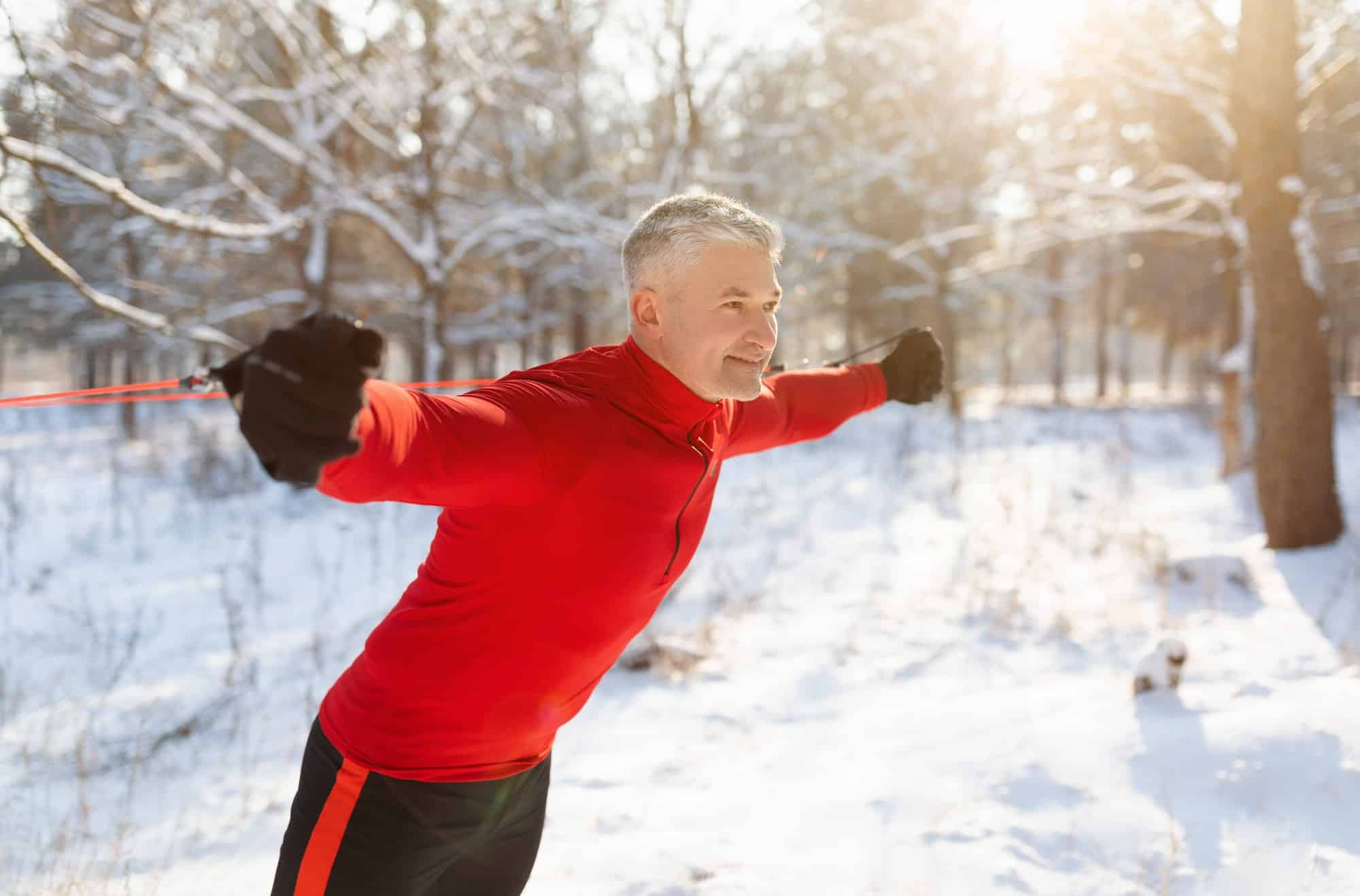When you think of triathletes, the image that often comes to mind is of highly conditioned athletes powering through a grueling combination of swimming, cycling, and running. But there’s another significant challenge that these athletes often face – heat. In particular, triathletes who compete in tropical climates must grapple with soaring temperatures that can seriously impact their performance. So, what’s the best approach to acclimate to this heat? Let’s delve into this hot topic.
Understanding the Impact of Heat on Athletic Performance
Before we dive into the strategies that can help triathletes acclimate to tropical heat, it’s important to understand why heat plays such a big part in an athlete’s performance. The human body has a core temperature that it strives to maintain regardless of the weather outside. When you exercise, your body produces heat, which can cause this core temperature to rise. If the external temperature is also high, it can lead to a dangerous condition known as heat stroke.
En parallèle : How can a biofeedback-assisted relaxation program benefit archers before a competition?
According to a study published by PubMed, endurance athletes like triathletes are particularly at risk. This is because the longer the exercise duration, the more heat the body produces. Furthermore, athletes in hot climates have to deal with additional heat from the sun, which can further increase their core body temperature.
Strategies for Heat Acclimatization
Now that you understand the challenge, let’s explore the strategies that can help triathletes acclimate to the heat. According to Google Scholar, there are several methods athletes can employ to help their bodies cope with hot conditions.
A voir aussi : What’s the impact of multi-sensory training environments on skill development in youth hockey goalies?
Pre-acclimatization
Pre-acclimatization is one of the best methods to prepare the body for a hot climate. This involves training in similar conditions to the competition environment for at least two weeks prior to the event. Research by Crossref shows that this can help improve endurance and performance.
Hydration
Water plays a critical role in helping the body regulate its temperature. Staying hydrated before, during, and after a workout can help manage the body’s reaction to heat. However, athletes should be mindful not to overhydrate as it can lead to a condition called hyponatremia.
Training at the hottest part of the day
Training at the hottest part of the day can help the body adjust to the heat. As your body becomes used to the high temperatures, you’ll start to sweat earlier in your workout, which helps to cool you down and keep your core temperature stable.
Using Technology to Aid Heat Acclimatization
In the modern age, there’s no reason why athletes shouldn’t take advantage of technology to help them acclimate to the heat. Services like Google provide real-time weather updates so you can plan your training according to the hottest parts of the day. There are also fitness apps that can help you track your hydration levels and monitor your core body temperature.
Moreover, wearable technology can provide an in-depth analysis of your body’s response to heat. These devices collect data on heart rate, body temperature, and energy expenditure, which can then be analyzed to customize your training plan.
The Role of Professional Guidance
While all these strategies can help triathletes acclimate to the heat, it’s always beneficial to seek professional guidance. Sports med professionals have the knowledge and experience to guide you through the process of heat acclimatization. They can help you understand your body’s signals, identify when you might be pushing too hard, and provide personalized advice based on your unique physiology.
Remember, heat acclimatization isn’t a one-size-fits-all process – it requires a tailored approach that takes into account an athlete’s individual needs and capabilities. A sports med professional can provide this personalized guidance, helping to optimize performance while minimizing the risk of heat-related illnesses.
Remember, acclimatizing to heat is not just about improving performance – it’s also a critical aspect of safety. By understanding the impact of heat and implementing these strategies, you can ensure you’re prepared for the challenges of competing in a tropical climate.
The Importance of Correct Heat Acclimation in Tropical Climates
To fully acclimate to tropical climates, understanding the role of heat acclimation is crucial. Heat acclimation is a term used to describe the adaptation process of an athlete’s body to high temperatures. As per Google Scholar, this process involves a series of physiological changes that enhance an athlete’s thermoregulatory ability, improve blood plasma volume, and increase sweat rate, all of which can help mitigate the effects of heat on the body.
An article on PubMed highlights that improper heat acclimation can result in heat stress, a condition characterized by elevated core temperature and heart rate. This can lead to impaired cognitive and motor function, as well as serious health conditions such as heat exhaustion or heat stroke. Therefore, it’s essential to follow a proper heat acclimation protocol that gradually exposes the body to increased heat stress.
Heat acclimation often involves endurance exercises in a hot environment. Med Sci studies indicate that a period of 10 to 14 days is usually sufficient for most individuals to acclimate to heat. However, it’s important to note that the duration and intensity of heat exposure should be carefully tailored to the individual’s fitness level and physiological response.
An athlete’s body mass can also impact the effectiveness of heat acclimation. According to a Sci Sports study, athletes with a larger body mass may require more time to acclimate due to the greater heat production and storage in their bodies.
Conclusion: The Integral Part of Heat Training in Tropical Climates
In conclusion, acclimating to heat is an integral part of training for triathletes competing in tropical climates. The intense heat and humidity in these regions can significantly affect an athlete’s performance and pose serious health risks. However, with the right strategies and proper guidance, it’s possible to effectively acclimate to these conditions.
In the process of heat acclimation, an athlete’s core temperature, heart rate and sweat rate are crucial factors to monitor. Using technology, such as wearable devices can help in tracking these metrics and adjusting heat training accordingly. Services provided by Google and other fitness apps can further aid in planning training schedules around the hottest parts of the day and maintaining proper hydration levels.
Moreover, professional guidance from sports med professionals can be invaluable in this process. Their expertise can help in understanding an athlete’s unique physiological responses to heat, identifying potential risks, and tailoring a heat acclimatisation plan that optimizes performance while ensuring safety.
Remember, heat training is not a process to rush. It needs time, patience, and a lot of understanding of one’s body. By respecting these principles and relying on professional advice, athletes can enhance their performance and safety when competing in tropical climates. The journey might be challenging, but the rewards are worth it.











